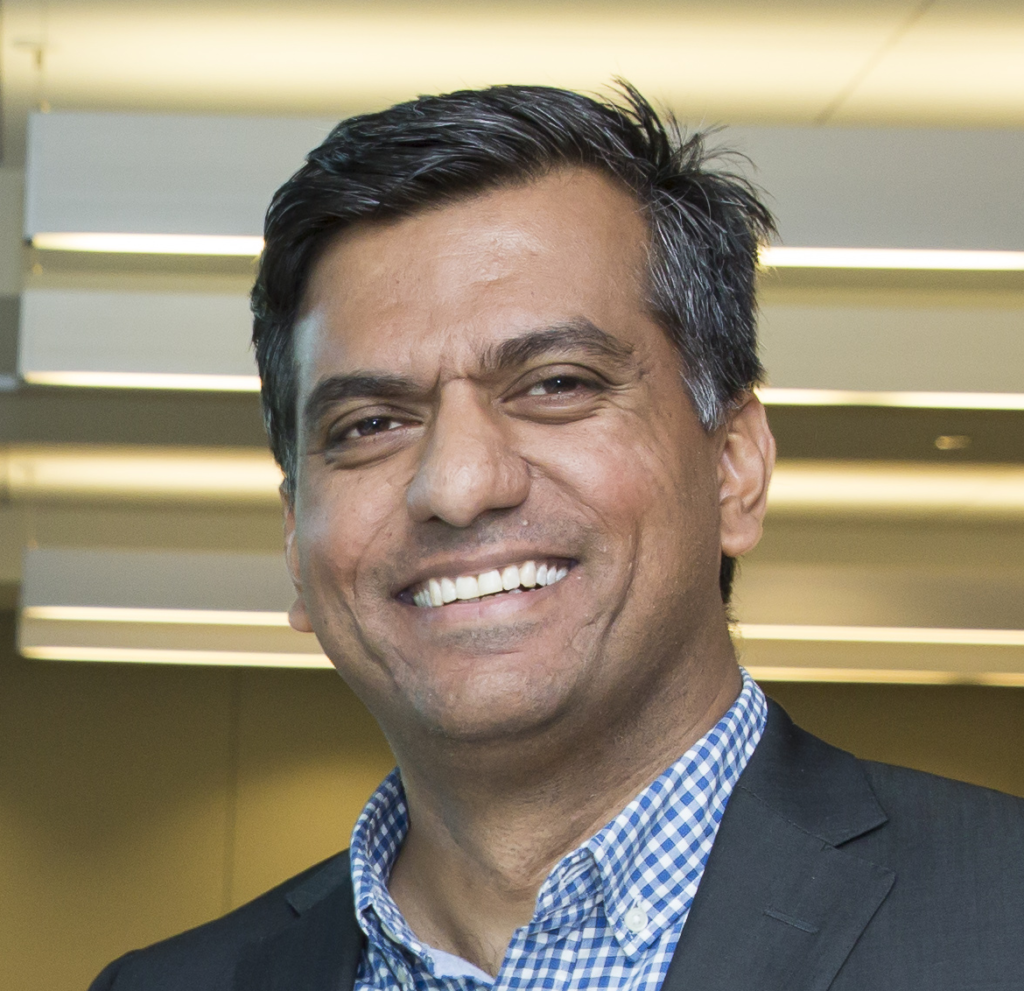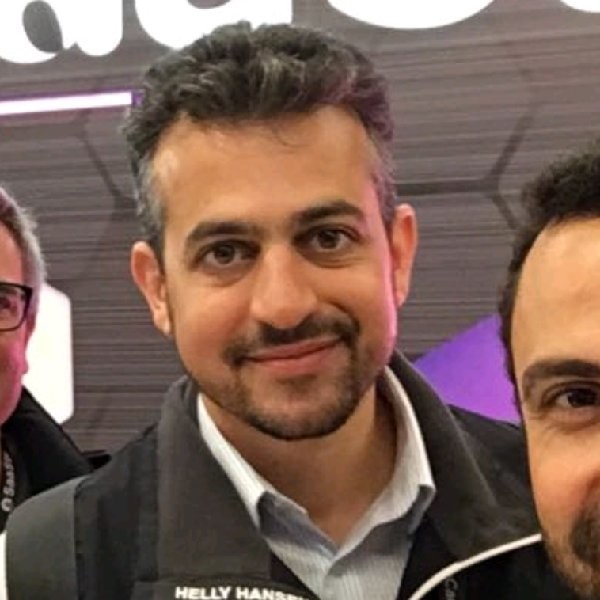Seed Capital
1Mby1M Virtual Accelerator Investor Forum: With Alok Nandan of Emergent Ventures (Part 3)
Sramana Mitra: Talk a bit about trends. If you look at the last 18 months of your deal flow, what are you spotting?
Alok Nandan: One of the big trends is AI. The next trend is around the explainability or accountability of AI. How do you make sure that the machine learning models are explainable to a human being? That is an important trend which will apply to most of our portfolio companies as well as other companies out there.
>>>Roundtable Recap: November 7 – An Excellent Discussion on AgTech Startups in Latin America
During this week’s roundtable, we had as our guest Francisco Jardim, Founding Partner, SP Ventures, a Brazilian firm focused on AgTech in Latin America. We learnt a lot about what’s happening in the sector and the region.
Logicus eMobility
As for entrepreneur pitches, up first we had Saurabh Acharya from Bangalore, India, pitch Logicus eMobility, an electric bike leasing solution.
AutomizeApps
Next, Sayander Paul from Kolkata, India pitched AutomizeApps, an analytics solution for mid-sized e-commerce companies.
1Mby1M Virtual Accelerator Investor Forum: With Alok Nandan of Emergent Ventures (Part 1)

Responding to a popular request, we are now sharing transcripts of our investor podcast interviews in this new series. The following interview with Alok Nandan was recorded in September 2019.
Alok Nandan, General Partner at Emergent Ventures (USA), discusses explainable AI in the context of his fund’s investment focus.
>>>1Mby1M Virtual Accelerator Investor Forum: With Rodrigo Baer of Redpoint Ventures (Part 4)
Sramana Mitra: Talk a little bit about what’s in the pipeline. What’s exciting in your portfolio?
Rodrigo Baer: One is a mid-stage company that just raised a $50 million round. They take small merchants and put them under one umbrella to sell into a large marketplace. From the marketplace’s perspective, it’s one store. It’s normally the largest store in all the marketplaces with a very high level of service.
>>>1Mby1M Virtual Accelerator Investor Forum: With Rodrigo Baer of Redpoint Ventures (Part 3)
Sramana Mitra: In the course of your introduction, you talked about two or three unicorns that have come out of your previous fund. Could you double-click down and talk about what they are, what problems have they solved, how they found traction, and why have they been successful?
Rodrigo Baer: The one I did in my previous fund is called I2, which is GrubHub for Latin America. I got to know the company because my brother was one of the founders. They were in an interesting position. They had a previous business, which never scaled.
>>>1Mby1M Virtual Accelerator Investor Forum: With Rodrigo Baer of Redpoint Ventures (Part 2)
Sramana Mitra: Let’s talk a bit more in detail about the Redpoint e.ventures platform. All investments are happening in Brazil, correct?
Rodrigo Baer: We have a Latin American mandate. We’ve done one investment outside of Brazil in the first fund. We were very lucky. We did the seed investment in Rappi, which is now a $3.5 billion business.
>>>1Mby1M Virtual Accelerator Investor Forum: With Rodrigo Baer of Redpoint Ventures (Part 1)

Responding to a popular request, we are now sharing transcripts of our investor podcast interviews in this new series. The following interview with Rodrigo Baer was recorded in September 2019.
Rodrigo Baer, Partner at Redpoint Ventures, Brazil, provides a very interesting overview of his firm and what’s happening in the Brazilian ecosystem.
>>>463rd Roundtable Recording on October 31, 2019: With Anand Rajaraman, rocketship.vc
In case you missed it, you can listen to the recording here:
